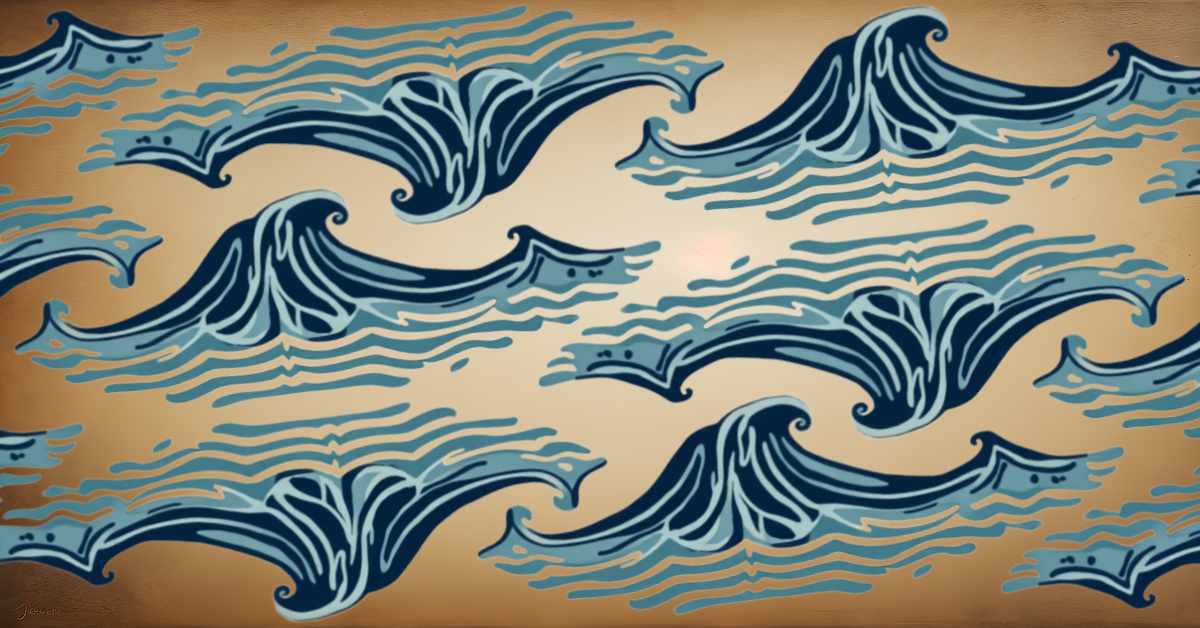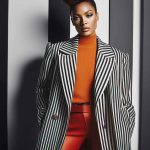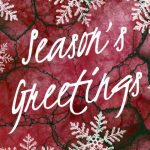The Art of the Wave: Flow, Rhythm, and Timeless Design

There’s something irresistible about a wave. Whether crashing dramatically or curling gently, waves have long been a source of fascination—not just in nature, but in art, symbolism, and design. Their curving forms evoke movement, emotion, and the raw energy of the sea. And across cultures and centuries, the wave motif has remained a timeless symbol of both beauty and force.
Why Waves Captivate Us
At a basic level, waves are just repeating curves. But their appeal runs deeper. The wave is one of the few motifs that naturally blends structure and motion—a looping shape that suggests rhythm and continuous change. Like spirals, they guide the eye. Like water itself, they shift between calm and chaos.
In design, waves can suggest elegance, freedom, or transformation. In art, they often symbolize emotional depth, the passage of time, or the unstoppable pull of nature.
A Motif Across Cultures
Japanese art is perhaps the most famous for its wave iconography. The most iconic example? The Great Wave off Kanagawa by Hokusai, created in 1831. This woodblock print towers over boats with claw-like curves and has become one of the most recognizable images in art history. You can explore a deeper analysis of Hokusai’s technique here or learn more about its cultural impact through this BBC summary.
Celtic and Norse art often incorporates flowing wave-like forms into stone carvings, jewelry, and manuscript illumination. If you want a closer look, check out this collection of Celtic wave illustrations, or explore the symbolic side through artists like Jen Delyth’s Celtic Art Studio.
In Polynesian and Maori art, wave motifs are rich with meaning. They appear in traditional tattooing (tā moko) to represent the ocean, change, or life’s journey. You can explore their meanings here, or dive into traditional patterns and their roots at Zealand Tattoo.
In Art Nouveau design, wave shapes flow through decorative borders, posters, and architecture. The movement embraced organic curves—and waves were a natural fit. You can find examples of these sinuous lines in this wave-inspired Art Nouveau collection or browse more intricate versions on Dreamstime.
The Greek key pattern (or meander), though geometric, also stems from a wave-like loop. It was used as a symbol of infinity and unity in classical art. Learn more about the meander motif here, or get a historical deep dive into the Greek key’s origins and symbolism.
Variations of the Wave Motif
Stylized curves: Often used in Art Nouveau or modern tattoo art to create a natural, flowing visual rhythm.
Repeating wave borders: Popular in ancient ceramics and textiles to symbolize eternity or the repetition of time.
Abstract waveforms: Common in digital and contemporary art to express motion, tension, or emotional states.
How to Use It in Your Own Work
If you’re an artist or designer, the wave is a versatile motif to play with:
-
Use smooth curves to create a sense of harmony or rhythm.
-
Layer wave patterns to build depth or suggest motion.
-
Combine waves with other motifs (like spirals, dots, or geometric lines) for added texture and meaning.
Whether you’re aiming for peaceful, meditative visuals or bold, energetic statements, the wave is a shape that adapts—and always adds movement.






0 Comments